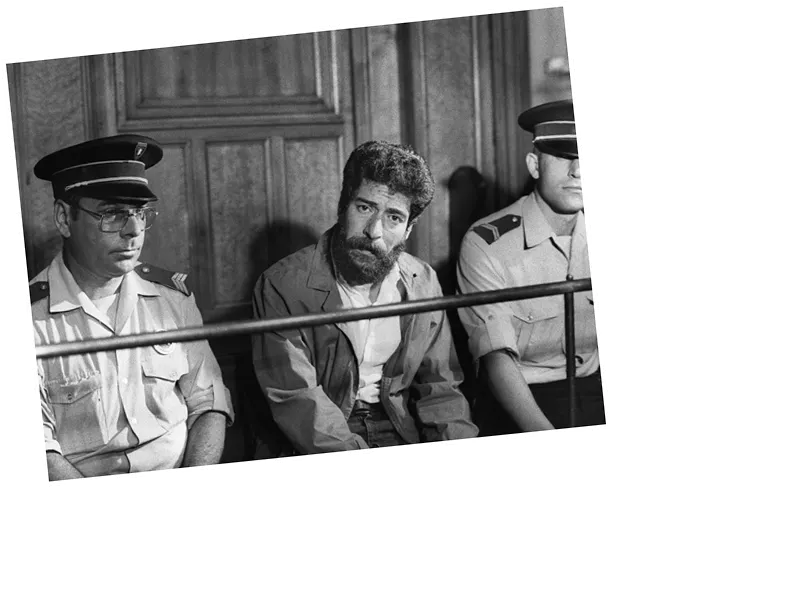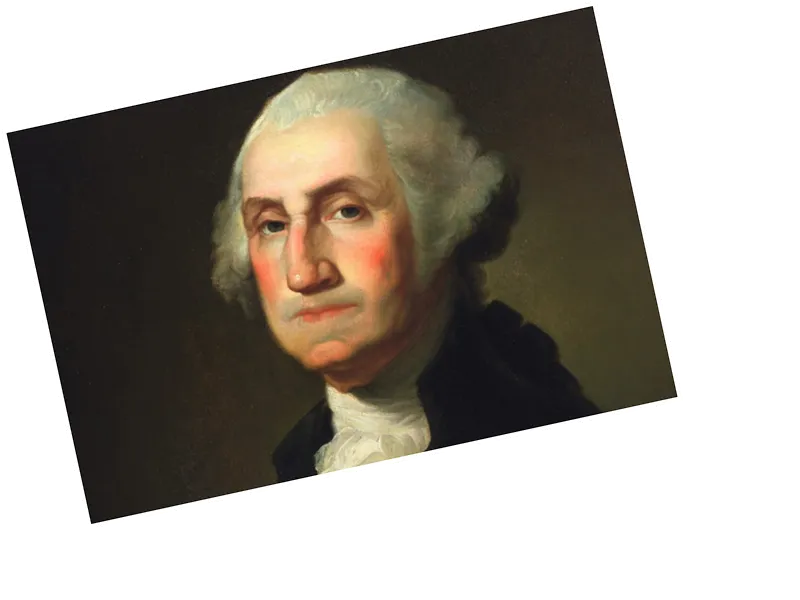The Life and Legacy of Frederick Douglass
Frederick Douglass, born in February 1818 in Talbot County, Maryland, emerged as a pivotal figure in the American anti-slavery movement. His journey from a slave to a renowned activist exemplifies the struggle for freedom and equality. Douglass was separated from his mother, Harriet Bailey, at a young age, and faced severe hardships during his childhood, including witnessing brutal acts of violence against fellow slaves. Despite these challenges, he secretly learned to read and write, recognizing that education was a pathway to liberation.
Education and Activism
Douglass's quest for knowledge began when he was taught to read by Sophia Auld, the wife of his master. However, her husband soon forbade her from continuing his education, fearing it would lead to rebellion among slaves. Undeterred, Douglass continued to educate himself and eventually taught other slaves in secret. His desire for freedom culminated in a daring escape to New York in 1838, aided by his wife, Anna Murray. Once free, Douglass became a powerful orator and writer, founding the anti-slavery newspaper, The North Star, and publishing his autobiography, Narrative of the Life of Frederick Douglass: An American Slave, in 1845.
Advocacy for Equality
Throughout his life, Douglass advocated not only for the abolition of slavery but also for women's rights and racial equality. He played a significant role during the American Civil War, recruiting African-American soldiers and meeting with President Abraham Lincoln to address racial discrimination in the military. Douglass held various governmental positions and continued to fight for justice until his death on February 20, 1895, leaving behind a legacy that inspires civil rights movements to this day.





